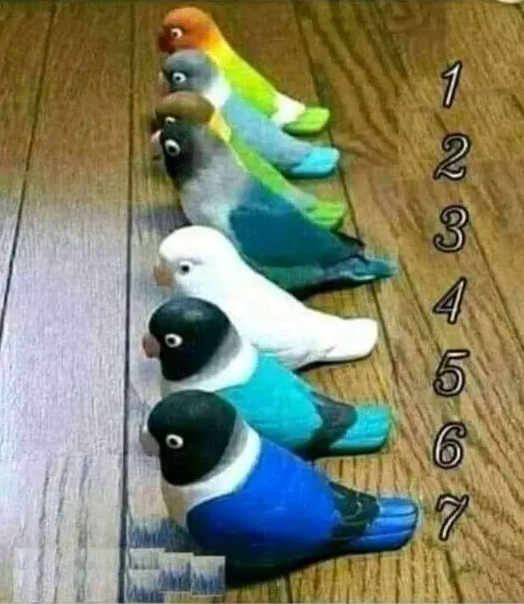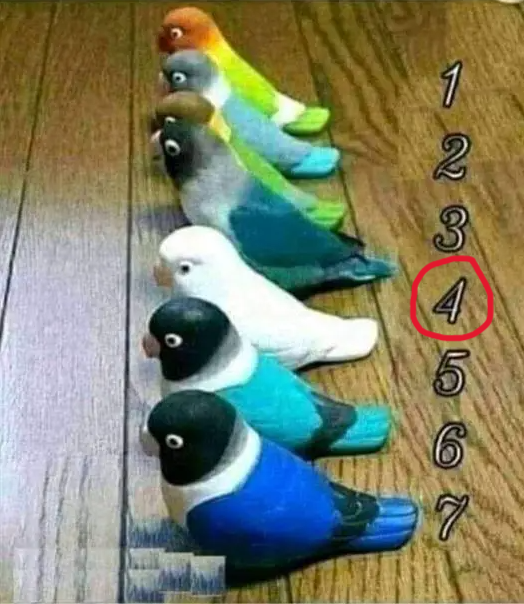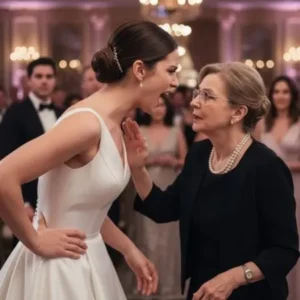Visual puzzles have always been a source of fascination. They challenge our perception, test our attention to detail, and often leave us scratching our heads. One such viral puzzle features an image of seven birds neatly lined up, with the question: Which one is real? While it sounds simple, this challenge has baffled many. Let’s dive in, dissect the puzzle, and learn how to hone your skills for spotting the real deal.
Why Visual Puzzles Are So Captivating

Visual puzzles like this one captivate us because they engage multiple areas of the brain. They demand focus, logical reasoning, and pattern recognition, all while teasing our sense of curiosity. Here’s why they’re so fun and beneficial:
- They test attention to detail. Spotting subtle clues is key to solving these challenges.
- They stimulate critical thinking. Puzzles encourage us to consider every possibility.
- They create an “aha” moment. Finding the solution is incredibly satisfying.
The puzzle in question combines these elements perfectly, making it both fun and frustrating. But why is it so tricky? Let’s uncover the common mistakes people make when tackling it.
Why This Puzzle Is Trickier Than It Looks
At first glance, the lineup of seven birds might seem straightforward. But appearances can be deceiving. Here are some reasons this puzzle trips people up:
1. Rushing the Process
Most people glance at the image and make a snap judgment. This approach often overlooks the subtle details that distinguish the real bird from the decoys.
2. Relying on the Obvious
It’s natural to assume the answer will jump out at you, but that’s rarely the case. The trick lies in the subtle cues, not the bold or eye-catching elements.
3. Overlooking Texture
Real birds have a distinct feather texture that toy birds simply can’t replicate. Many people miss this detail, focusing instead on color or placement.
4. Ignoring the Environment
How the bird interacts with its surroundings—such as shadows or the way it sits—offers crucial clues. Artificial birds often look unnaturally rigid or poorly integrated into their environment.
Step-by-Step Guide to Solving the Puzzle
To solve this puzzle, you’ll need a methodical approach. Let’s break it down step by step:
Step 1: Rule Out the Unrealistic Birds
Start by eliminating the birds that look blatantly artificial. Focus on:
- Overly bright colors. For instance, a bird with an unnaturally vivid blue or orange hue might be a toy.
- Perfect symmetry. Real birds rarely sit in perfectly straight or symmetrical postures.
Step 2: Examine the Texture
Zoom in on each bird’s surface. Look for:
- Feathers. Real birds have intricate feather patterns, while fake birds often have smooth, plastic-like surfaces.
- Eyes. A real bird’s eyes will have depth and a natural gloss, unlike the flat, painted-on eyes of a toy.
Step 3: Observe the Shadow
Shadows can reveal a lot. Check how the bird’s shadow falls on the ground:
- Organic shadows. The real bird’s shadow will look natural and align with the image’s lighting.
- Static shadows. Fake birds may cast unnatural or overly perfect shadows.
Step 4: Focus on Posture
Real birds rarely sit perfectly still. Look for subtle variations in their posture:
- Head tilt. A slight angle in the head or body can indicate a living creature.
- Weight distribution. A real bird might press slightly into the surface it’s perched on.
Step 5: Identify the Real Bird
By following these steps, Bird #4 emerges as the real one. Here’s why:
- Feather detail. Bird #4 shows a clear feather pattern, unlike the smooth surfaces of its counterparts.
- Posture. Its stance is slightly off-center, adding to its authenticity.
- Shadow and interaction. The shadow aligns naturally with the floor, indicating it’s part of the environment.
What Makes Bird #4 Stand Out?

Bird #4’s subtle but critical details set it apart:
- Natural texture. Its feathers look layered and authentic.
- Organic posture. Unlike the rigid poses of the other birds, Bird #4’s posture looks relaxed and lifelike.
- Integrated environment. The way it interacts with the floor and lighting feels seamless, unlike the stiff placement of the toy birds.
Why These Puzzles Are Great for Your Brain
Puzzles like this one aren’t just fun—they’re a mental workout. Here’s how they benefit your brain:
- Improved observation skills. They train your eyes to pick up on small but significant details.
- Enhanced critical thinking. You learn to evaluate multiple possibilities and make informed decisions.
- Reduced stress. Focusing on a puzzle helps clear your mind and boosts your mood.
- Boosted creativity. Puzzles encourage out-of-the-box thinking, sharpening your ability to problem-solve in everyday life.
How Did You Do? Share Your Experience!
Now that you know the answer, how did you fare? Did you spot Bird #4 immediately, or did the puzzle leave you stumped? What clues tipped you off? Share your thoughts and strategies in the comments below. It’s always fascinating to see how different people approach the same challenge.
And if you got it wrong, don’t worry—puzzles like this are designed to be tricky. The more you practice, the better you’ll get at spotting those subtle details.
Challenge Yourself Further
If you enjoyed this puzzle, there’s a whole world of visual challenges waiting for you. Here are some ideas to test your skills:
- Hidden object games: Find specific items in busy scenes.
- Spot-the-difference puzzles: Identify changes between two similar images.
- Optical illusions: Explore how perspective and design can trick your brain.
Each puzzle sharpens your mind and builds your observational skills, making you a more astute problem-solver.
Conclusion: Keep Your Mind Sharp with Visual Puzzles
The “Which bird is real?” puzzle is a perfect example of how small details can make a big difference. By taking a step-by-step approach and focusing on texture, posture, and environment, you can train your brain to think critically and creatively.
Next time you encounter a visual puzzle, remember the techniques you’ve learned here. And don’t forget to challenge your friends—puzzles are always more fun when shared! So, which bird did they think was real? Let the guessing games begin!





